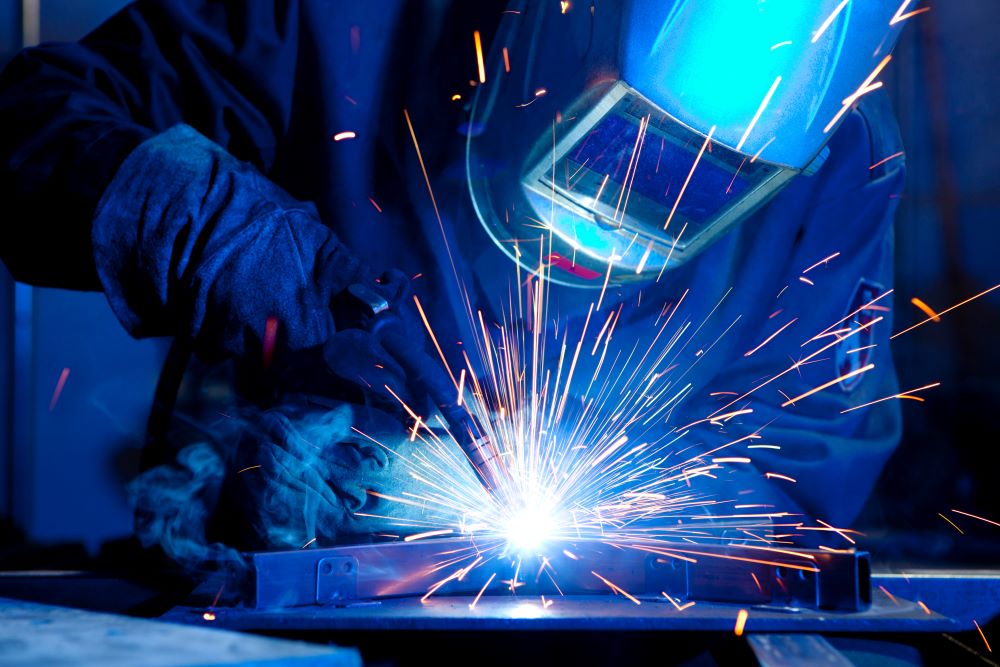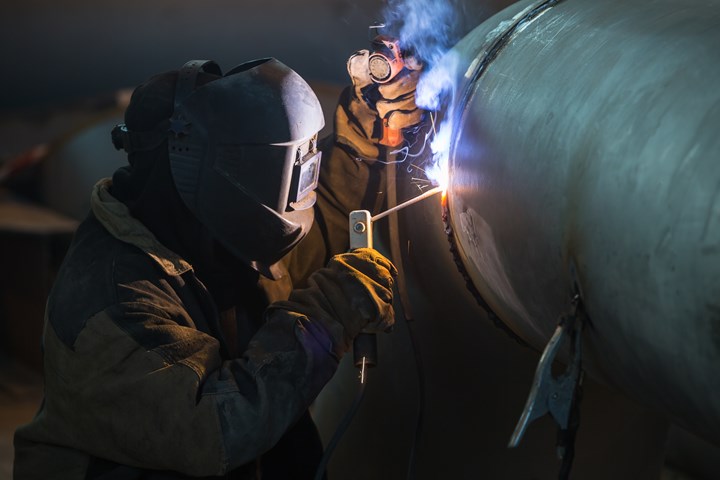Advanced Welding WPS: Tailoring Requirements for Complicated Tasks
Advanced Welding WPS: Tailoring Requirements for Complicated Tasks
Blog Article
The Ultimate Overview to Welding WPS Procedures: A Detailed Overview for Welders
In the elaborate world of welding, Welding Procedure Specifications (WPS) work as the foundation of making sure top quality, uniformity, and safety and security in welding operations. Recognizing the nuances of producing, executing, and checking WPS treatments is crucial for welders wanting to raise their craft and fulfill sector standards. As we look into the various elements of a WPS and discover the details of certification and certification, we will certainly reveal the crucial role these procedures play in the realm of welding. Let's get started on a journey to unravel the intricacies and importance of WPS procedures in welding techniques.
Value of WPS Procedures
Comprehending the significance of Welding Procedure Specs (WPS) treatments is essential for making sure the quality and integrity of welded structures. WPS procedures serve as a roadmap for welders, laying out the necessary steps, specifications, and products required to achieve a sound weld. By sticking to WPS guidelines, welders can make certain consistency in their job, bring about reliable and structurally sound welds.
One of the key factors why WPS procedures are important is their duty in preserving weld high quality and integrity. Complying with the specified welding criteria and methods described in the WPS assists prevent flaws such as porosity, splitting, or insufficient blend, which can jeopardize the toughness and longevity of the weld.

Components of a WPS
A Welding Procedure Specification (WPS) commonly comprises crucial parts that information the details needs for executing a weld, making sure uniformity and top quality in the welding procedure. The vital parts of a WPS include important variables such as base metals, filler steels, interpass and preheat temperature levels, welding procedures, securing gases, welding positions, and post-weld heat therapy requirements.
Base metals describe the products being signed up with, while filler metals are utilized to load the void in between the base steels during welding. Preheat and interpass temperature levels are vital for managing the warmth input and stopping issues like splitting or distortion. The welding procedure outlines the details method to be made use of, whether it's gas metal arc welding (GMAW), shielded metal arc welding (SMAW), or another technique. Securing gases protect the weld pool from atmospheric contamination. Welding placements specify the alignments in which welding can be performed. Post-weld warmth treatment may be necessary to soothe stress and anxieties and improve the weld's residential properties. An extensive understanding of these parts is essential for developing a effective and thorough WPS.

Qualification and Qualification
Having actually developed the vital parts of a Welding Procedure Specification (WPS), the emphasis currently moves in the direction of the vital elements of qualification and accreditation in welding methods.

Qualification, on the other hand, is the formal recognition of a welder's certifications by a pertinent accreditation body or next page organization. Welding qualifications are generally based on the details welding procedures, materials, and positions a welder is qualified to collaborate with. Holding a valid welding qualification shows that a welder fulfills sector criteria and is proficient to carry out welding jobs to the required specs.
Creating a WPS
To create a Welding Treatment Requirements (WPS) that satisfies sector requirements, mindful factor to consider of welding procedures, materials, and functional criteria is essential (welding WPS). The initial step in creating a WPS is to recognize the welding procedure to be used, such as gas metal arc welding (GMAW) or shielded metal arc welding (SMAW) Once the welding procedure is figured out, the next critical facet is selecting the proper products, taking into consideration aspects like base steel kind, thickness, and joint design. Functional specifications such as welding present, voltage, traveling rate, and shielding gas make-up have to additionally be thoroughly defined in the WPS.

Applying and Keeping An Eye On WPS
Upon finalizing the detailed Welding Procedure Requirements (WPS) that thoroughly information welding processes, materials, operational specifications, and quality control steps, the emphasis moves to successfully implementing and keeping an eye on the recognized procedures. Execution includes ensuring that all welders associated with the job know with the WPS and follow it thoroughly during the welding process. This requires giving sufficient training and supervision to assure adherence to the specified treatments. Checking the WPS involves continual oversight to verify that welding activities line up with the documented specs. Inspections, screening, and quality assurance steps are crucial parts of the surveillance process to identify any issues or variances without delay. Regular audits and reviews of the welding treatments assist in keeping consistency and quality throughout the project. Effective implementation and monitoring of the WPS are important for guaranteeing the honesty, strength, and safety and security of the welded joints, inevitably contributing to the general success of the welding click to find out more job.
Final Thought
In conclusion, understanding and following Welding Treatment Specs (WPS) is vital for welders to ensure high quality, uniformity, and safety and security in their job. By understanding the parts of a WPS, obtaining correct qualifications and accreditations, developing comprehensive procedures, and implementing and checking them successfully, welders can boost their skills and efficiency in welding techniques. Complying with WPS procedures is important for creating high-quality welds and meeting sector criteria.
In the intricate globe of welding, Welding Procedure Specs (WPS) serve as the foundation of ensuring top quality, consistency, and safety and security in welding operations. The welding process lays out the particular strategy to be made use of, whether it's gas steel arc welding (GMAW), protected steel arc welding (SMAW), or one more technique.To develop a Welding Treatment Requirements (WPS) that meets industry standards, careful consideration of welding procedures, products, and functional parameters is crucial. The first step in creating a WPS is to identify the welding procedure to be made use of, such as gas steel arc welding (GMAW) or protected metal arc welding (SMAW)Upon settling the thorough Welding Treatment Spec (WPS) that diligently details welding procedures, products, functional specifications, and high quality guarantee steps, the emphasis moves to effectively applying and monitoring the established treatments.
Report this page